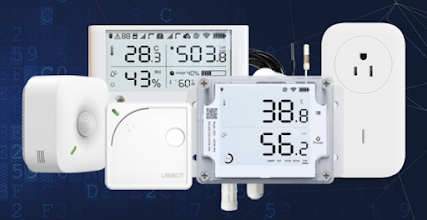Benefits of Wireless Sensors Network From the World of IoT
The Internet of Things (IoT) introduces new data collection methods to the world. These methods have dramatically changed how organizations learn about their environments and respond to threats and changes. Wireless Sensors are already playing a significant role in monitoring environments and giving quick and actionable feedback on identified industry changes.
Advantages of Industrial Wireless Sensors
Protect Hardware and Data
When new connected sensors are introduced into an already dense environment, it can quickly become a tangled mess. So the wireless sensors do not create a burden in the data room. So businesses may reap the benefits of real-time temperature detection in their data centers without burdening the infrastructure with abundant cables.
Cost-effective
The cost of the components, installation and continuous maintenance are essential aspects of WSN. The upfront investment for a wireless system may be slightly high. Any improvements made in the future will be significantly less expensive. A wireless system is far more accommodating if you plan to expand your network in the future.
Scaling
It is also simple to expand the capabilities of a wireless system over time. It may be necessary because either workforce or the company is increasing. New sensors and receivers are added to an existing wireless network which is very easy. So scaling in wireless technology is quite simple and easy.
Flexibility
Due to its high degree of adjustability and ease of customization, WSN adapts to its environment. It is the most significant advantage of this networking technology. The wireless sensor nodes perform their functions under the modifications made to the layout. Offices, rental buildings, and other similar environments may all benefit from its adaptability.
Are you Also Looking for Industrial Based Wireless Sensors?
UbiBot is a company offering its customers different types of industrial wireless sensors. It works and provides accurate sensing of the environment. We provide the best deal on all kinds of wireless technology.

Comments
Post a Comment